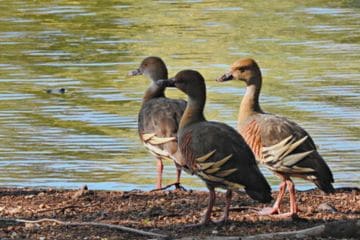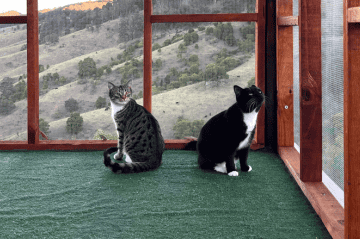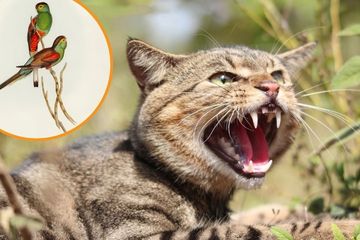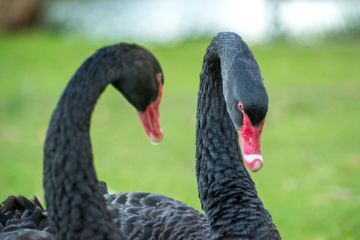
Action and funding on feral cats a priority to save native wildlife
The call to increase funding to reduce the impact of feral and roaming pet cats follows the release today by Environment Minister Tanya Plibersek of the details of 55 federally funded feral cat projects across the country.


















